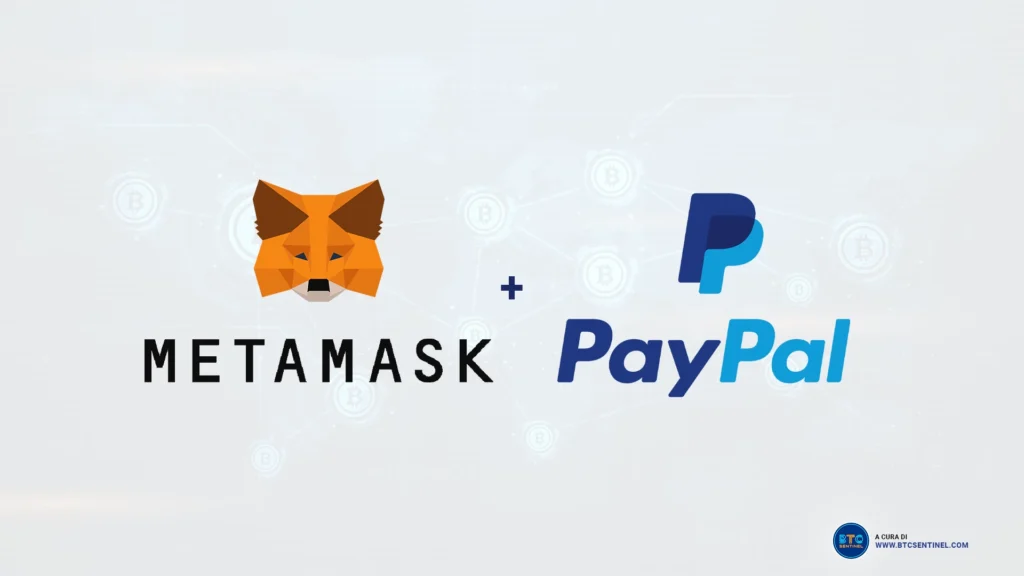
Navigating the cryptocurrency ecosystem can sometimes be a complex task, especially when attempting to bridge traditional financial services like PayPal with blockchain-based platforms like Metamask. This article aims to guide you through the process of indirectly linking your Metamask and PayPal accounts to facilitate the transfer of funds.
Understanding Metamask and PayPal
Before we delve into the process, it is pivotal to understand the distinct roles of Metamask and PayPal.
Metamask is a digital wallet that primarily functions as an interface for the Ethereum blockchain. It facilitates interactions with decentralized applications (DApps), allows transactions involving Ether (ETH) and Ethereum-based tokens, and provides secure storage for these assets.
On the other hand, PayPal is an established online payments system that enables digital money transfers, functioning as a modern alternative to traditional paper methods like checks and money orders.
The Process: Transferring Funds from PayPal to Metamask
As of now, there isn’t a direct way to transfer funds from PayPal to Metamask. However, the funds can be indirectly transferred by converting the fiat currency in your PayPal account to cryptocurrency, which can then be transferred to your Metamask wallet. Here’s a step-by-step guide on how you can do it:
Step 1: Purchase Cryptocurrency
The first step in this process is purchasing cryptocurrency using your PayPal account. Some popular cryptocurrency exchanges, such as eToro or Paxful, allow users to buy cryptocurrencies using PayPal.
Upon choosing the suitable platform, create an account, verify your identity as required, and select the option to purchase cryptocurrencies using PayPal. Ensure to buy Ethereum (ETH) or other Ethereum-based tokens that are supported by Metamask.
Step 2: Withdraw to a Cryptocurrency Wallet
Once the purchase is successful, the next step is to withdraw the bought cryptocurrency to a digital wallet. Some platforms may require you to transfer your cryptocurrency to an in-built wallet before withdrawing to an external wallet like Metamask.
Ensure that the wallet address you are sending the cryptocurrency to is correct. Keep in mind that transactions on the blockchain are irreversible.
Step 3: Transfer to Metamask
Now, it’s time to transfer the cryptocurrency to your Metamask wallet. Go to the withdrawal section of the wallet or exchange platform where your cryptocurrency is currently stored. Choose the option to withdraw your cryptocurrency, and when prompted, input your Metamask wallet address.
To find your Metamask wallet address, open the Metamask browser extension, and your Ethereum address will be visible at the top of the interface. Click on it to copy the address and paste it into the required field on the withdrawal page.
After verifying that the wallet address is correct, proceed to withdraw your cryptocurrency. The transfer may take a few minutes to an hour, depending on the congestion on the Ethereum network.
Step 4: Confirm the Receipt of Funds in Metamask
Once you’ve made the transfer, you’ll need to confirm the receipt of funds in your Metamask wallet. Open the Metamask extension and check your account balance. If the transaction was successful, your new balance should reflect the transferred amount.
Conclusion
While the inability to directly connect PayPal to Metamask may initially seem like a hurdle, the process of indirectly transferring funds between the two platforms is straightforward when the steps are correctly followed. However, users should bear in mind that due to the volatility of cryptocurrencies, the value of the transferred funds may fluctuate. As always, exercise caution when conducting financial transactions online, and ensure that you are operating within the regulatory frameworks applicable in your jurisdiction.